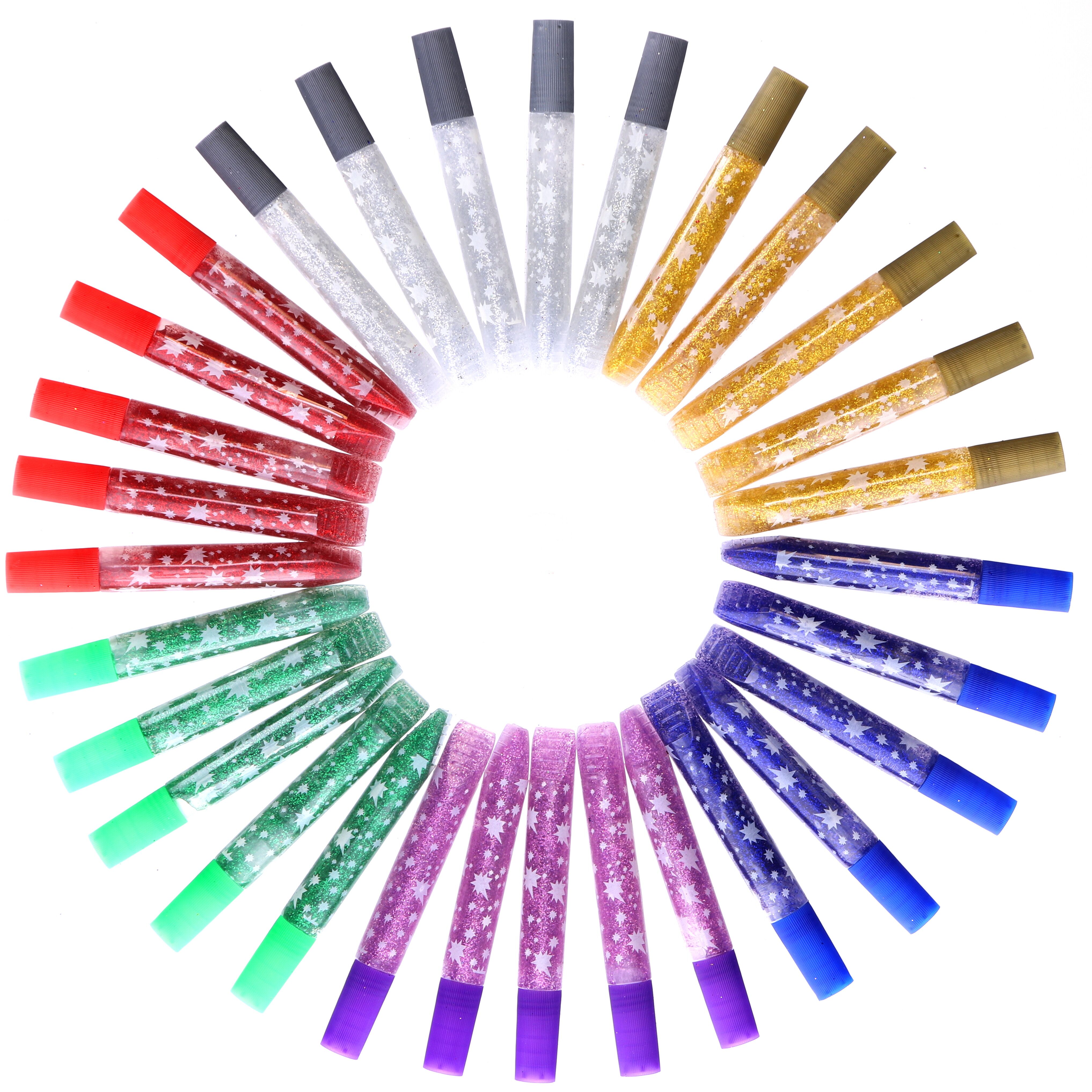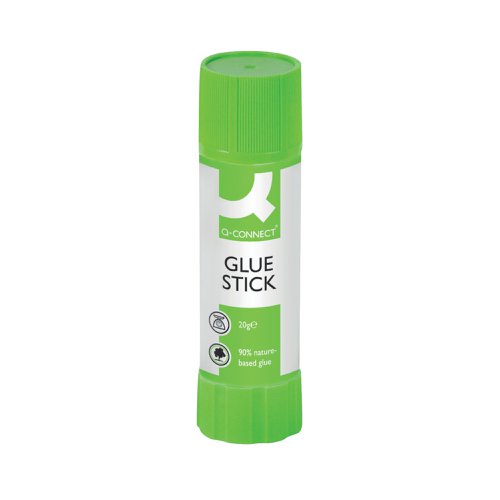Are you looking for a glue stick for use in the classroom?
Then our "everything you need to know about glue sticks for schools" is a must read
In this latest blog we look at the humble glue stick. They are are staple for every school and are used in probably every classroom in the country, but is every glue stick the same? Is purchasing the cheapest glue sticks the best option or should you be looking at the well known brands? Hopefully we have some of the answers for you.
- What are glue sticks made of?
Not very good English I know but this question is one of the most asked questions on Google. Glue sticks are normally produced from PVA or PVP . PVA stands for polyvinyl acetate which is a synthetic adhesive used in many types of glues. PVP stands for (are you ready?) polyvinylpyrrolidone and is also used in many types of glues
- What is the difference between PVA and PVP
1) The first difference is cost! PVP glue sticks tend to be more expensive than PVA glue sticks
2) PVA glue is probably better in liquid form and is used for a wide range of purposes. It is great for blending with paints to give them enhanced effects, and is great for use in arts & crafts. Is PVA great for use in a glue stick? Simple answer PVP is better
3) PVP is ideal for use in glue sticks. It is great for sticking paper, glitter, soft fabrics and most arts & crafts such as felt and pom poms. PVP in a glue stick is non toxic and probably the greatest benefit is adjustability. If you stick an item down with a PVP glue stick if you are reasonably quick you can move or adjust the glued material before it sticks in to place.
4) And finally PVP glue is much more soluble than PVA making it a much easier glue to clean up
- Is it worth paying for a branded glue stick?
The brand leaders tend to use PVP to produce their glue sticks and the cheaper end glue sticks are made using PVA, hence the price difference and in most cases the quality, but wait a minute..........
- Is there a PVP glue stick on the market that is sensibly priced?
Funny you should ask that? Yes there is. The Wizard glue stick is made using PVP rather than PVA and is priced at the same level as a budget glue stick. You can view the product here: https://www.hetheringtonsweb.co.uk/value-glue-stick-40g-pack-of-100

- How do I keep a glue stick from drying out?
To prevent a glue stick from drying out always replace the cap after use, ensuring the cap is secured in place. Top tip: If a glue stick dries up, put it in hot water! This rehydrates the glue stick and makes it sticky again!!! It's worth a try
- What do I do if some glue gets on my clothing?
We all know that sometimes children can be a little messy and get glue on their clothing. The easiest way to get the glue off clothing is soak the affected area in cold water for 10 minutes. Then wash the garment as normal and hey presto - a clean garment
- How was the glue stick invented?
In 1969 an engineer that worked for Henkel (the manufacturer of the Pritt stick) witnessed a woman applying lipstick and had the idea of creating glue in a tube using the same method. And that was how the original Pritt stick was born. The glue stick creation meant that it was an easy and much less messy way of applying glue
- Is a glue stick child friendly?
A top priority for the education sector is obviously the safety of the children. The majority of glue sticks are non-toxic and solvent-free to keep students and children of all ages safe! We do however recommend that glue sticks are only used by children 3 years and upwards and it is always best to have adult supervision.
- Why is the glue stick so popular?
The glue stick is so popular for a wide variety of reasons:
1) It is the easiest glue to use - sealed in a plastic tube you just twist the bottom and off you go
2) It is quick drying - the glue stick dries much quicker than liquid glues
3) Mess free creativity - A key feature of glue sticks is the liquid-free design resulting in a no mess application and zero glue drips ensuring a great mess free creative application.
4) Easy to store - It is the easiest glue to store. Use the glue stick, put the cap back on and put it back in the cupboard or drawer
5) Endless applications - The glue stick can be used for a wide variety of applications making it the most popular solution for the educational sector in particular
So to sum the Glue stick up:
Glue sticks are the most verstaile gluing option available, they are easy to use, the glue stick is child friendly and perfect for all ages. It has a wide variety of uses and and is virtually mess-free. So if you are looking for glue sticks for schools then look no further. A few options are on the bottom of this page or enter glue sticks into our search box at the top. Happy sticking!




